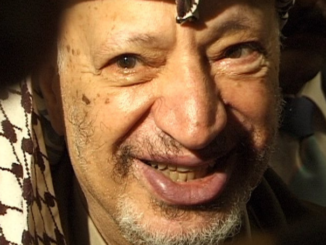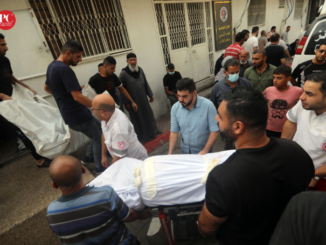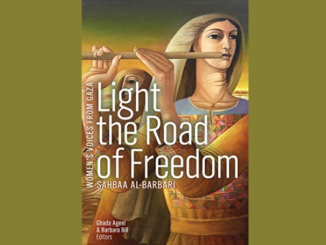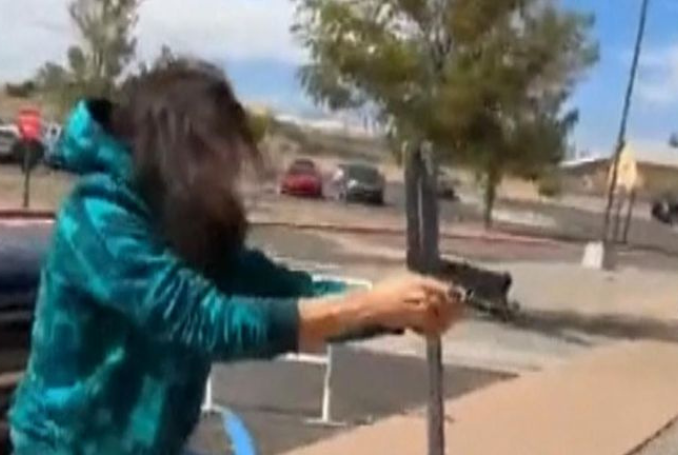
By Benay Blend
The parallels with Palestine are clear. Ongoing Occupation by settler-colonial regimes but also continuous resistance mark both struggles.
On September 28, 2023, a man wearing a MAGA hat (Make American Great Again, Trump’s slogan) shot a Native American man during a prayer event to oppose the reinstallation of Don Juan De Oñate (1550-1627), a Spanish conquistador who was responsible for the rape, murder, and sex trafficking of Pueblo people.
Three years ago, a similar incident occurred at the 2020 protest over another Oñate statue in Albuquerque, New Mexico. As people gathered at the Museum of Fine Arts to celebrate the end of one monument while calling for the removal of another on museum grounds, the “Civic Guard” showed up, the same group of armed white nationalists who had disrupted protests in the past.
Composed of the Proud Boys and other similar groups, they are the same individuals who had targeted members of the Red Nation at a Black Lives Matter (BLM) protest several weeks ago, and the same vigilantes hired by Gallup business owners to “protect” their property in that border town during a BLM protest there.
On June 15, they arrived at a peaceful protest bringing their own violence with them. Steve Baca, a former unsuccessful candidate for city council, shot into the crowd, leaving a young man with critical wounds. Though the Civic Guard disowned him, he clearly shared their ideas.
Denise Williams, the mother of Scott Williams, the person who was shot at a protest in 2020, arrived at the recent protest shortly before the latest shooting. Before the event she had called public officials to ask that they prevent another shooting.
“I told them, ‘Please don’t let this escalate like the last one did. Don’t let this happen. Please don’t let this happen,’” she said. “Three and a half years later, we’re still traumatized by it.”
The parallels with Palestine are clear. Ongoing Occupation by settler-colonial regimes but also continuous resistance mark both struggles. What unites both—Israel and the United States—is the ideology of settler colonialism that in the latter’s case goes back more than 500 years.
In mainstream media, readers are often led to assume that the victim is to blame. As expected, coverage of this incident led to similar misperceptions and conclusions.
Like mainstream news, which refers to Israeli violence as a cycle involving both sides, media coverage of the shooting was predictable. For example, The Santa Fe New Mexican reported that “a man was shot” during “a struggle between protesters” at the site, thus using the passive voice to gloss over racism and hate on the part of those who support the statue.
Rio Arriba County Commissioner Alex Naranjo reduces the issue to that of “a few radicals” who are “trying to change our system that we’ve lived with for 400 years.” In “’The Hamas Are Coming’: A View of the Violence from Inside Israel,” Israeli-born activist/author Miko Peled wonders if there is an ever-circulating memo to everyone on Israel TV demanding that “The Hamas” be used whenever they refer to Palestinians in Gaza.
It is perhaps the same memo that Naranjo received that instructs him to ignore the Indigenous people who have also lived here under centuries of colonialism. Just as mainstream news reduces all of Gaza to Hamas, thus only blaming the victims for Israel’s siege, Naranjo believes that the problems in his state can be reduced to a few radicals who bring violence upon themselves.
Moreover, Naranjo blames the current protests on outside agitators, just as Southerners blamed the civil rights movement on supporters who came from the North, most of them “Communists,” they believed, because who else would have supported equal rights? Indeed, Naranjo expressed frustration at a minority who he said were not from his area.
“They should get a life,” Naranjo charged, “go to work, or do something. But they’re not from Espanola Valley.” What he doesn’t understand is that Indigenous tribes across the Americas are united in their struggle against colonialism, so the borders that Naranjo is attempting to erect will eventually be torn down.
The shooter’s victim in this case, Jacob Johns, exemplified this spirit of transnationalism. An Indigenous climate activist, artist, and musician, Johns (Hopi and Akimel O’odham) put his body in front of women and children when the shooter charged toward the altar. His injuries come two months before he is scheduled to lean an Indigenous Wisdom Keeper Delegation at COP 28 to advocate for Indigenous solutions to climate change.
Like Zionists who claim victimhood by equating criticism of Israel with antisemitism, supporters of the statue took to twitter in order to claim “self-defense” for the shooter, among other spurious claims.
Indigenous protestors say that Oñate should not be celebrated, especially after the statue was already taken down in Alcade in the summer of 2020. “They want to glorify our trauma,” explains Christina Castro. “So I’m here to say, we’re standing up. This is a new era – we’re not going to allow for this.”
Castro speaks to a long history of Native resistance against colonialism. At a recent press conference, Jennifer Marley denied that this is an issue of Native vs Hispanic, but rather she traced the long struggle for decolonization of New Mexico in which many New Mexicans fought together against colonialism.
It’s important to remember not only this violence against Native people and Palestinians too, but also to recall the many decades of resistance to colonialism. “It is easy—and justifiable—to hold the media accountable for the dehumanization of the Palestinians,” writes Ramzy Baroud, an internationally syndicated columnist, a media consultant, an author of several books, and the founder of PalestineChronicle.com. Sometimes they are ignored altogether. “If blame must be apportioned,” he continues, “then others too, including some who consider themselves to be ‘pro-Palestine,’ must reconsider their position. We are all, to an extent, collectively guilty of seeing Palestinians as sheer victims — a hapless, passive, intellectually stunted and ill-fated people, desperate to be ‘saved.’”
In a 2019 statement, The Red Nation declared that “the liberation of Palestine represents an alternative path for Native Nations.” As such, Palestine “stands as the moral barometer of Indigenous North America.” Both people have resisted settler colonialism since the first invasion of their homelands. Long after Oñate’s memory falls into the dustbin of history, Indigenous resistance should be remembered as a global struggle that unites people around the world.
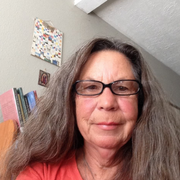
– Benay Blend earned her doctorate in American Studies from the University of New Mexico. Her scholarly works include Douglas Vakoch and Sam Mickey, Eds. (2017), “’Neither Homeland Nor Exile are Words’: ‘Situated Knowledge’ in the Works of Palestinian and Native American Writers”. She contributed this article to The Palestine Chronicle.



